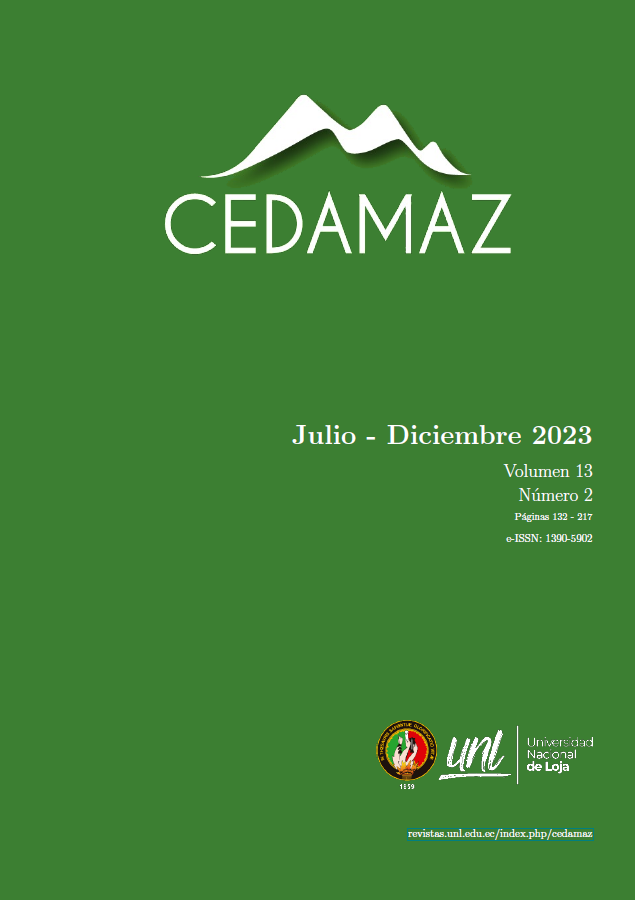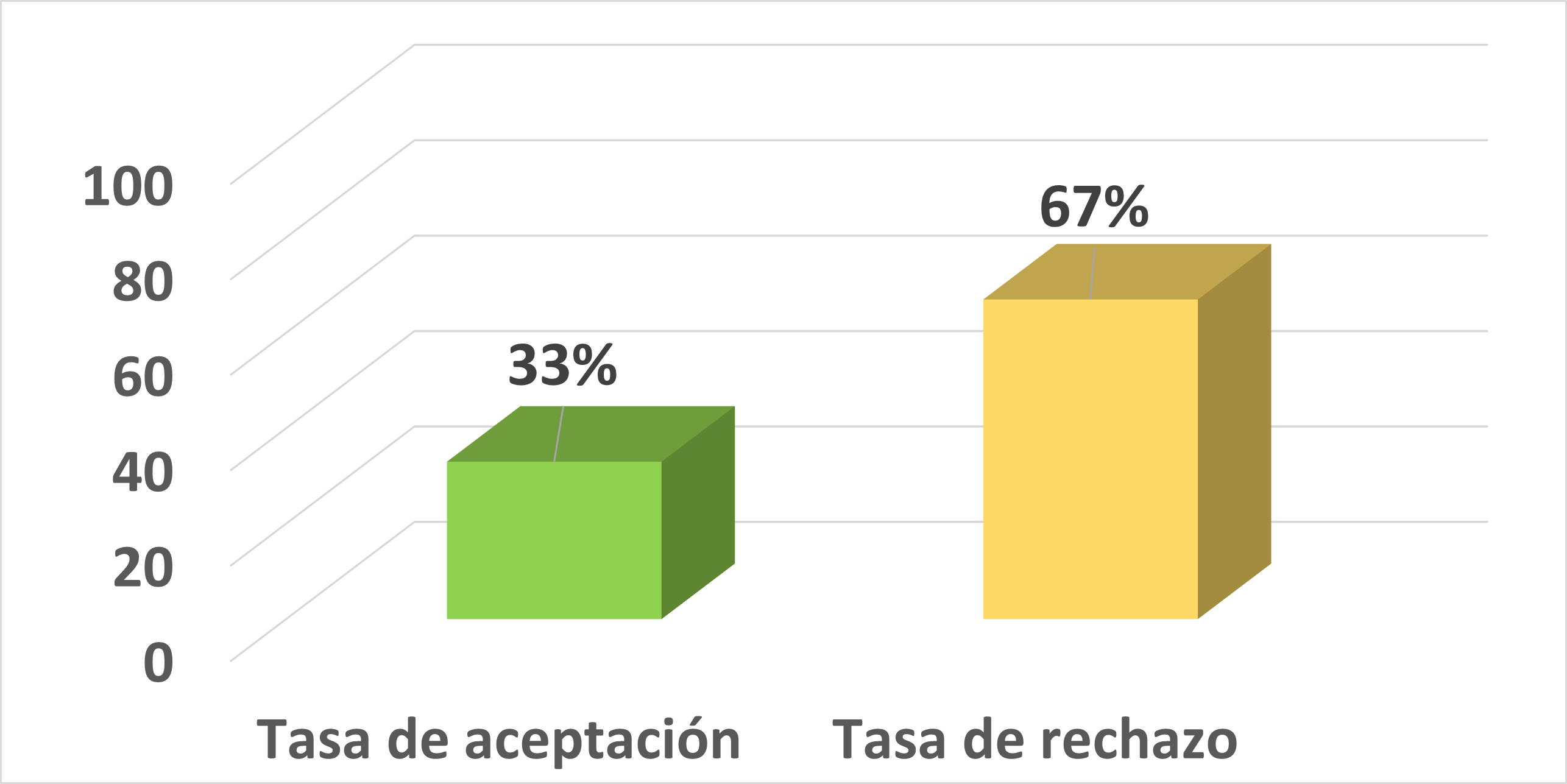Spatial-temporal analysis of Normalized Difference Vegetation Index (NDVI) in the semi-deciduous piedmont forest ecosystem of the Catamayo Alamor
DOI:
https://doi.org/10.54753/cedamaz.v13i2.2053Keywords:
Correlation, Ecosystem, NDVI, Precipitation, TemperatureAbstract
Over the past two decades, he semi-deciduous piedmont forest ecosystem of the Catamayo Alamor in the province of Loja has faced various anthropogenic threats. Simultaneously, alterations in the intensity and duration of meteorological phenomena, such as those associated with climate change, have induced variations in vegetation dynamics at both spatial and temporal scales. Within this context, the following objective has been formulated: to analyze the spatial variation of NDVI concerning temperature, precipitation, elevation, and slope, and its temporal evolution based on temperature and precipitation from 2001 to 2018. To achieve the objective of this research, spatial dependence was determined using a semivariogram, and its range and semivariance were quantified through the spherical model. For temporal analysis, seasonal cycles and trends were examined using the Timesat software, and this analysis was complemented with statistical methods such as Spearman correlation. The results revealed that NDVI exhibited stronger spatial dependencies related to temperatura and slope than precipitation and elevation. Temporally, the onsets of seasonal cycles and trends occurred in chronological succession. The correlation between NDVI and temperature is low (0.22), while it is moderate with precipitation (0.53). This study concludes that i) there is a greater spatial dependence between NDVI and precipitation and elevation compared to temperature and slope; ii) the low correlation between NDVI and temperature should be further analyzed due to the potential influence of other variables and climatic anomalies on NDVI variation, and iii) the finding of the succession in the onset of each seasonal cycle in the studied variables underscores the importance of new research avenues related to ecosystem studies for the benefits and well-being they provide for humanity.Published
How to Cite
Issue
Section
License
Copyright (c) 2024 CEDAMAZ

This work is licensed under a Creative Commons Attribution-NonCommercial-NoDerivatives 4.0 International License.
Those authors who have publications with this journal, accept the following terms:
- After the scientific article is accepted for publication, the author agrees to transfer the rights of the first publication to the CEDAMAZ Journal, but the authors retain the copyright. The total or partial reproduction of the published texts is allowed as long as it is not for profit. When the total or partial reproduction of scientific articles accepted and published in the CEDAMAZ Journal is carried out, the complete source and the electronic address of the publication must be cited.
- Scientific articles accepted and published in the CEDAMAZ journal may be deposited by the authors in their entirety in any repository without commercial purposes.
- Authors should not distribute accepted scientific articles that have not yet been officially published by CEDAMAZ. Failure to comply with this rule will result in the rejection of the scientific article.
- The publication of your work will be simultaneously subject to the Attribution-NonCommercial-NoDerivatives 4.0 International (CC BY-NC-ND 4.0)









